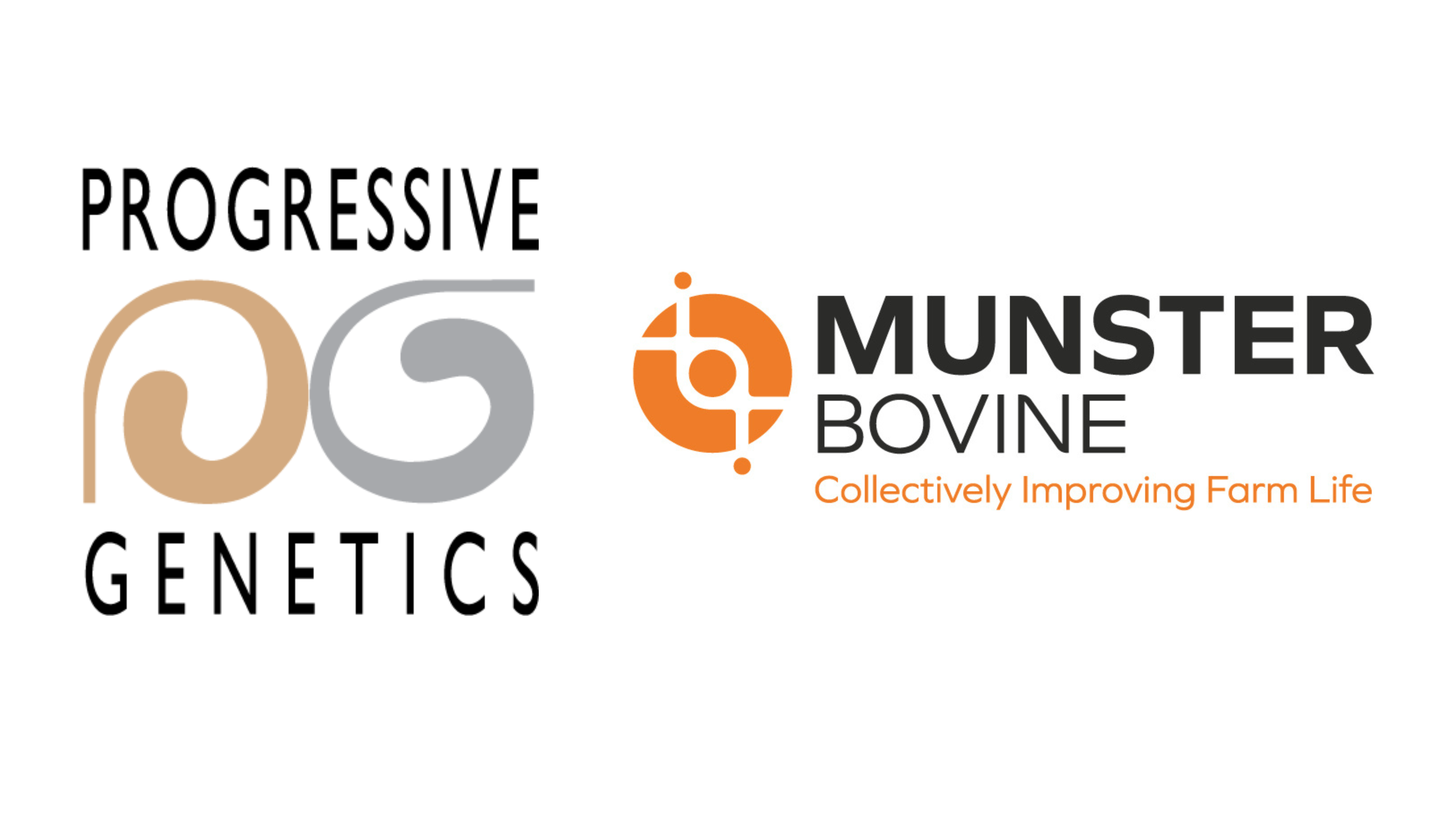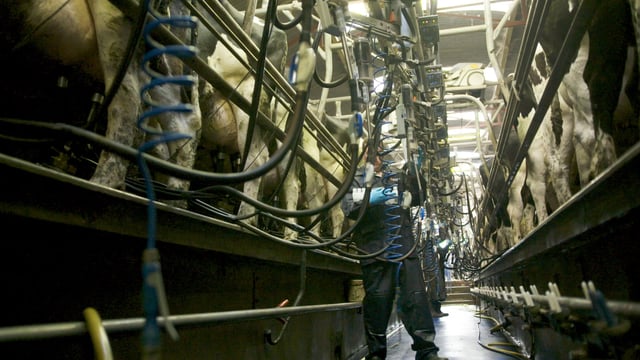Umbilical systems allow for spreading of slurry to growing crops
According to Teagasc, the greater availability of umbilical spreading systems has ‘revolutionised the application of slurry to growing crops.
Two key factors come into play - the lower ground pressures generated by umbilical systems, and the fact that the vast bulk of the nitrogen in the slurry can be taken up by the growing crop.
Umbilical systems use an applicator attached to the back of the tractor.
This is linked to a supply of slurry on a continuous flow basis through a hose mechanism fed from a second tractor-mounted stationary pump located at an on-site slurry storage tank.
Alternatively, nursery feed tanks, located in the field, can be used.
When slurry is fed continuously to the applicator, up to 200ac can be covered per day by an umbilical system.
This is on the basis of slurry supply being adequate and when easy movement between fields is possible.
In addition, the applicator uses dribble bar or trailing shoe technology, complying with the Low Emission Slurry Spreading (LESS) obligation in the Nitrates Directive, while also reducing both odour and gaseous emissions.
The other distinct advantage of umbilical spreading systems is that the applicator units weigh between 1t and 3t, so weight and compaction are greatly minimised in comparison to tanker application. Typical application widths are 8m, 9.5m or 12m units.
Because umbilical units weigh much less than a conventional slurry tanker, it is possible to drive on sown cereal ground.
As a consequence, the option of applying slurry to a growing crop has become a reality.
In the case of a spring application to a winter-sown cereal, this means that it is now possible to recover almost all of the applied nitrogen in the slurry, provided the crop is growing.
In contrast, nitrogen recovery rates are quite low when slurry is applied at the back end.
This is due to low soil temperatures, smaller plants, and lack of growth for nitrogen uptake.
Recovery of phosphate and potash are quite similar if slurry is applied in autumn or springtime.
The latest technological advances have meant that umbilical systems are now being built to match crop tramline widths. This allows the application to be made without having to drive on the crop.
This development has opened up the possibility of making a second application after growth stage (GS) 30 of the crop, at which point permanent damage would be the consequence of driving on the crop.
Again, this later application timing would mean that nitrogen recovery would be high due to the fact that the crop would be in full growth and receptive to a large uptake of the chemical.





